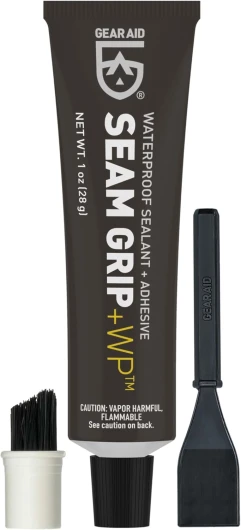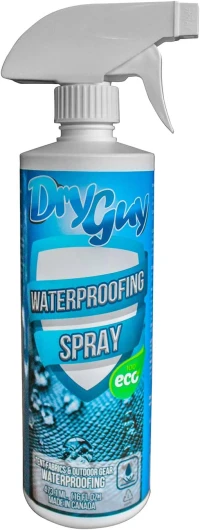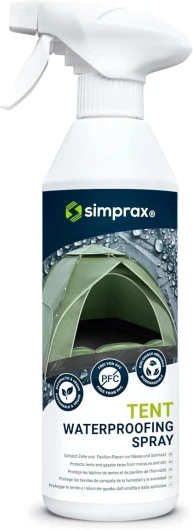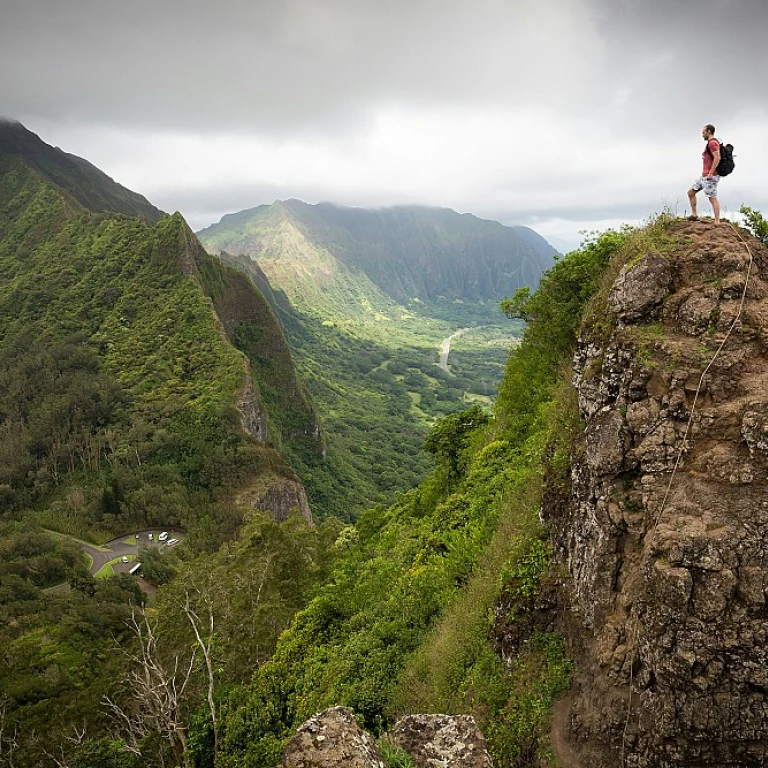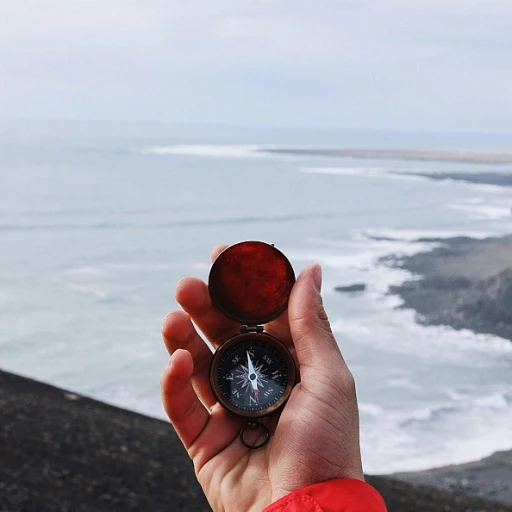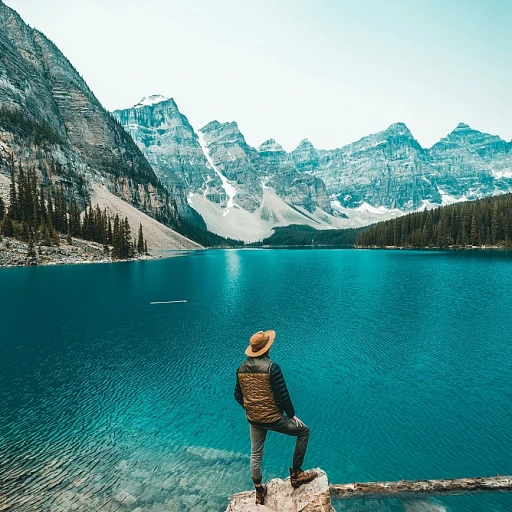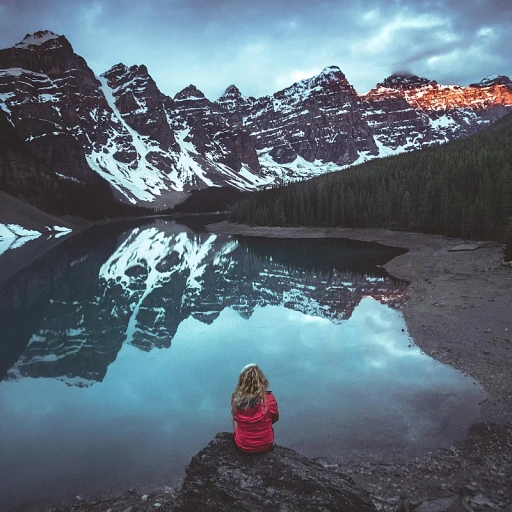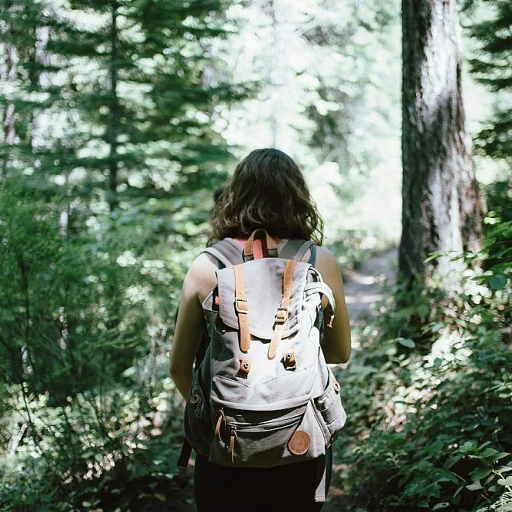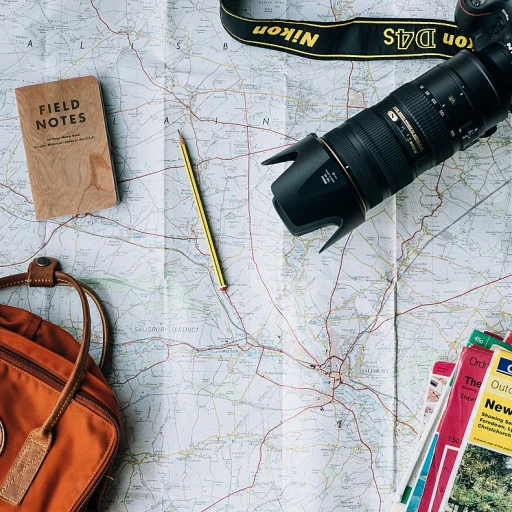
Understanding the Importance of Waterproofing
Recognizing the Value of a Waterproof Tent
Waterproofing your tent is crucial when it comes to ensuring a comfortable and dry camping experience. No one wants to wake up in the middle of the night to find their sleeping quarters transformed into a small pond. This can easily happen if your tent is not properly waterproofed, leading to a soggy disaster. Understanding the need for an effective waterproofing strategy will set the foundation for a successful outdoor adventure. Your backpacking gear, including your tent, will often face unpredictable weather conditions. Rain, humidity, and morning dew are constant challenges. A waterproof tent protects not only against these elements but also extends the life of your camping investment. The right waterproofing practices serve as a shield, prolonging the life of tent fabrics and coatings. We will explore the best waterproofing products and application techniques to help you achieve ultimate protection. Moreover, waterproofing is not a one-time task. Regular maintenance ensures that your tent remains effective against water ingress. This includes keeping an eye out for any wear and tear, especially along the seams, which are most susceptible to leakage. Staying on top of your tent's condition helps you avoid unpleasant surprises during your trips. Waterproofing ultimately fortifies your tent's fabric, whether it's DWR coatings, urethane, or silicone-based solutions. These agents work to form barriers against water, keeping the interior dry and your camping experience stress-free. Consider using sources like this guide to further bolster your outdoor preparation efforts.Choosing the Right Waterproofing Products
Choosing Optimal Products for Reliable Waterproofing
When it comes to enhancing your tent’s waterproof capabilities, selecting the right products is crucial. Not all waterproofing agents or sprays are created equal, and your choice can significantly impact the durability and effectiveness of the waterproof coating on your tent fabric.
Here are some essential points to consider:
- Type of Fabric: Identify the material your tent is made from as it dictates the type of waterproofing product you’ll need. For example, tents with urethane coating benefit from different products compared to silicone-based fabrics.
- Suitable Treatments: Waterproof sprays such as Nikwax, Kiwi Camp, and Atsko Silicone are popular options that provide a water-repellent shield. These are specially formulated to protect and enhance the durability of tent exteriors.
- All-in-One Solutions: Seam sealers and DWR (Durable Water Repellent) coatings are crucial investments for long-lasting waterproof protection. Seam sealing is vital to ensure no water seeps through the stitched areas, thus opting for quality waterproof tapes or liquid seam sealers is recommended.
- Adapt for Purpose: If you plan to go for a backpacking journey, prioritize products that offer lightweight solutions without compromising protection. Consider exploring ultralight products that integrate seamlessly into your backpacking gear setup.
After selecting the best waterproofing products for your needs, you’re better positioned to apply them efficiently. Ensure you have a conducive environment, as applying these coatings is best when conditions are dry, allowing maximum absorption and effective results. This will prepare you for the step-by-step application process, bringing you one step closer to achieving a waterproof tent ready to withstand nature’s elements.
Step-by-Step Waterproofing Process
Executing a Successful Waterproofing Application
To effectively waterproof your tent, follow these key steps using appropriate gear and products. Proper application ensures longevity and resistance against water damage during your outdoor endeavors.- Select the Right Day: It’s ideal to choose a dry, sunny day for your waterproofing process. This allows the waterproofing agents to properly penetrate the tent’s fabrics and dry effectively.
- Prepare Your Tent: Begin by cleaning your tent. Use a gentle detergent and cold water to wash away dirt. Once clean, set up the tent in an open space. This provides easy access to apply water repellent products evenly.
- Apply Waterproofing Agents: With your tent ready, use a waterproofing spray, such as Nikwax or Atsko Silicone, to coat the fabric. For best results, opt for a silicone-based waterproofing spray. Ensure even coverage for a robust DWR coating.
- Seal the Seams: Pay special attention to the seams, where water leakage is common. Use a seam sealer to thoroughly seal seams and prevent water intrusion. Urethane coating products are effective for reinforcing the tent’s waterproof layer.
- Let it Dry Completely: After applying the agents and sealing the seams, allow the tent to dry fully before packing it away. This step is crucial for setting the waterproofing, preventing mildew, and ensuring long-lasting protection.
Common Mistakes to Avoid
Errors That Could Easily Be Avoided With Experience
Ensuring your tent stays nice and dry during your outdoor adventures can be tricky, especially if you make some common errors in the waterproofing process. Here’s what you should look out for to avoid those pesky leaks:- Ignoring the Seams: It's crucial to pay attention to the seams of your tent. Many waterproof tents fail because the seams were not properly treated. Using a seam sealer specifically designed for sealing seams can make a positive difference in preventing water from getting through those tiny needle holes.
- Improper Use of Waterproofing Agents: Applying the wrong type or amount of waterproofing agent can be another common mistake. Whether you use a waterproofing spray or a silicone-based product, be sure to follow the product’s instructions meticulously. For instance, using a water repellent like Kiwi Camp Dry appropriately can enhance your tent's performance, whereas improper use can reduce effectiveness.
- Skipping Fabric Testing: Different tent fabrics react differently to various waterproofing sprays and coatings. Always test a small, inconspicuous area of the fabric before applying it widely. Products such as Nikwax and Atsko Silicone Water Guard are popular, but it’s important to ensure they are suitable for your tent fabric.
- Applying Waterproof Coating in Bad Weather Conditions: Apply your waterproofing spray on a dry, clear day. This allows the coating to bond properly with the tent’s material. When water gets trapped under the coating during application, it can prevent proper adhesion and effectiveness.
- Forgetting to Check DWR Coatings: Durable Water Repellent (DWR) coatings need to be regularly checked and maintained. DWR coatings wear away with time and use, thus it’s important to reapply this coating when it no longer beads water effectively. Not addressing this can lead to the tent fabric getting saturated with water, hence compromising your gear’s water-repellent capacity.
Maintaining Your Tent's Waterproofing
Preserving the Integrity of Your Waterproofing
To ensure your tent remains a reliable shelter against the elements, ongoing maintenance of its waterproof coating is paramount. Understanding the specific needs of the fabric and applying the right techniques can significantly extend the lifespan of your tent's waterproof properties.
- Timing for Reapplication: Periodically, it’s essential to inspect your tent to determine when reapplication of waterproofing agents is necessary. Frequent use, especially in wet conditions, may require more regular treatments. Always allow the material to completely dry before applying any new waterproof coatings.
- Use of Waterproofing Products: Invest in quality products like a silicone water repellent or a DWR coating. Brands such as Nikwax, Kiwi Camp, or Atsko Silicone offer trusted solutions. When choosing a waterproofing spray, consider the specific type of fabric your tent is made from to avoid ineffective results.
- Seam Sealing: Maintain the integrity of your tent’s seams by regularly checking for wear. Applying a seam sealer helps to keep water from penetrating through stitched areas. Products designed for sealing seams can enhance the overall waterproof tent capabilities.
- Weather Considerations: Before heading out on a backpacking gear checklist, verify current waterproof coatings. This preemptive step ensures you're not caught off guard by an unexpected downpour. Having a water guard treatment, like a urethane coating, fortifies your defense against moisture.
Regular maintenance, paired with applying the best waterproofing solutions, is essential for those who rely on quality camping gear. These practices not only optimize the performance of your tent against water but also protect the investment you've made into your outdoor experiences.
Evaluating Your Tent's Waterproofing Success
{"Testing for Effective Waterproofing
Once you've completed the waterproofing process, determining its success is crucial to ensure your tent remains a reliable shelter against the elements. Here are some key steps to evaluate the effectiveness of your tent waterproofing:
- Visual Inspection: Begin by thoroughly examining the fabric for any missed seams or areas where the waterproof coating might not have adhered properly. Look for places where the urethane coating or silicone based products might need additional application.
- Simulate Rain: Using a spray bottle filled with water, mimic rainy conditions to test the effectiveness of the waterproofing. Pay close attention to any water pooling or soaking through the fabric. It's crucial that your tent waterproof treatment holds under stress.
- Check Seams: The seams are often the most vulnerable points in a waterproof tent. After applying seam sealer, ensure there are no gaps or weak points where water can penetrate.
- Allow to Dry: After testing, let the tent dry completely. Observe any changes to the dwr coating or silicone water repellent as the tent dries.
- User Feedback: If possible, test the tent under real-world conditions on your backpacking gear trip. Actual usage provides the best feedback about whether your tent's waterproofing is holding up against real weather conditions.
By following these steps, you ensure your effort in applying waterproofing spray and using the best waterproofing agents is justified. With poor waterproofing, you might face unexpected water ingress during your adventures. So, regularly assess and update your tent's waterproofing to maintain its integrity and enjoyment of your outings.

